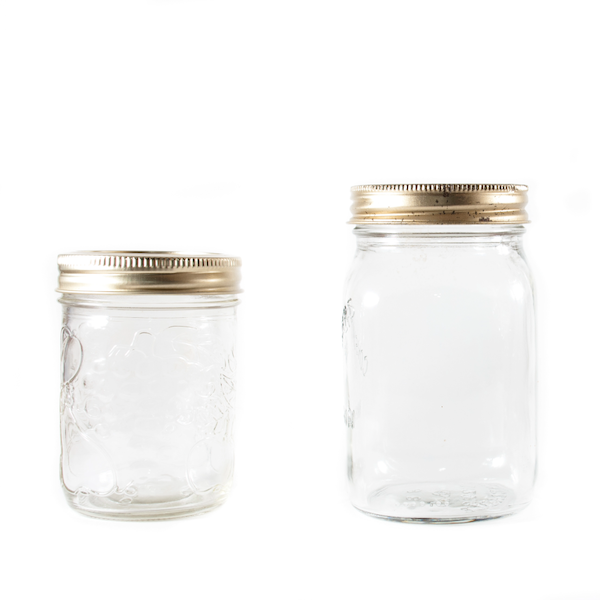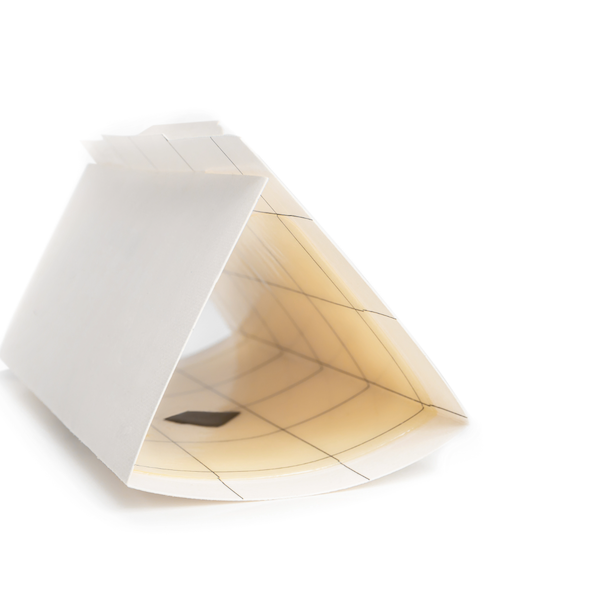Pantry pests have a knack for turning your kitchen into an unwelcome territory, threatening your stored goods. Whether it’s meal moths, flour beetles, or weevils, these pesky invaders can wreak havoc on your food supplies if not dealt with promptly.
The good news is that employing pantry pest traps provides a solid strategy to control and minimize infestations, offering a range of options from homemade remedies to store-bought solutions for effective pest management. Take a look at which pantry pest trap will work best for you!
Why Pantry Pests Are Problematic
Pantry pests can infiltrate a variety of stored food items, from grains and flour to cereals and nuts, leaving behind a trail of contamination. They lay eggs, produce larvae or webs, and secrete substances that spoil the food, rendering it inedible and unsafe for consumption.
Dealing with pantry pests doesn’t just affect your groceries – it hits your wallet, too. Tossing out infested food leads to financial setbacks, wasted groceries, and inventory losses for commercial establishments.
Beyond financial implications, pantry pests could also make you sick. Insects, their eggs, or fecal matter can trigger allergic reactions or contribute to gastrointestinal issues.
DIY Pantry Pest Traps

Crafting your pantry pest traps at home can be economical and practical. Try out these simple yet effective traps to make using everyday household items.
Vinegar and Dish Soap Trap
To create a fast and easy trap, combine equal parts of vinegar and dish soap in a shallow dish. The enticing scent of vinegar is a powerful attractant, drawing pests in, while the dish soap’s thickness becomes a trapping mechanism upon contact.
Strategically position these dishes in areas impacted by infestations, and remember to check them regularly to empty the traps. This simple method utilizes readily available household items, offering a hassle-free approach that significantly reduces pest populations in your pantry.
Sticky Tape or Cardboard Trap
Another do-it-yourself option involves using sticky tape or cardboard coated with a layer of cooking oil or a sticky substance. Place these traps near pantry shelves or cabinets where pests are active. As the pests crawl across these surfaces, they become stuck, hindering their movement and effectively trapping them.
Mason Jar Trap
Choosing mason jar traps is a hands-on and effective do-it-yourself strategy. All you need to do is fill these jars with a bit of grain or flour to entice pests and then position them in areas prone to infestations.
Now, let’s talk about why this works so well. The magic is in the design of the jar itself. Once the pests venture inside, they face smooth, vertical walls that throw a curveball in their escape plans.
The jar’s shape, coupled with insects’ inability to grip the smooth service, prevents the pests from crawling back out to infest other items in your kitchen.
Store-bought Pantry Pest Traps

Pantry pest traps from the store provide a convenient and targeted solution for various pests. They are easily accessible, user-friendly, and accompanied by clear instructions. Selecting the appropriate trap hinges on the specific type of pest infestation you’re addressing and your unique requirements for pest control.
Pheromone-based Traps
Pheromone traps can target specific pests by emitting synthetic hormones that disrupt their mating cycles. These traps attract male pests, preventing them from finding mates and thus reducing the overall pest population. They are highly effective against certain pantry pests like meal moths.
Glue Traps
Glue traps are simple yet efficient devices that use a sticky surface to catch pests. Once pests come into contact with the adhesive, they become trapped and unable to move, preventing further infestation. These traps work well for various pantry pests, including beetles, weevils, and moths.
Baited Traps
Baited traps use attractants like food-based lures to entice pests inside. Once the pests enter the trap, they cannot escape, preventing them from reproducing and further infesting your pantry.
Eliminate Pantry Pests with proof.!
Whether you’re drawn to the hands-on approach of DIY pantry pest traps or prefer the convenience of store-bought solutions, the ultimate goal is clear: putting an end to those pesky kitchen infestations.
DIY traps come with a friendly budget and personalization, utilizing everyday items to tackle pests head-on. On the flip side, store-bought traps bring ease of use and specialized designs to target specific pests.
However, while cost-effective and prompt in managing pantry pests, these traps come with a few caveats. They might miss some spots in extensive infestations, leaving specific hideouts unaddressed and allowing the infestation to linger.
Moreover, DIY and store-bought traps may capture adult pests but miss out on the whole life cycle, leaving eggs, larvae, or pupae untouched in food containers or crevices. This oversight can result in the persistence of infestations even after successfully trapping adult pests.
Most of these pantry pest traps offer general solutions and might not be the best fit for specific species or unique infestation challenges. Different pests call for different elimination methods, and the one-size-fits-all approach of DIY or store-bought traps may not do the trick for the particular species causing the infestation.
Enter proof. Pest Control, providing not just a solution but a tailored approach. We don’t just eliminate existing infestations; we implement preventive measures to keep them away. From identifying entry points to eliminating hiding spots, we’ll cover all bases to ensure a pest-free future in your kitchen.

